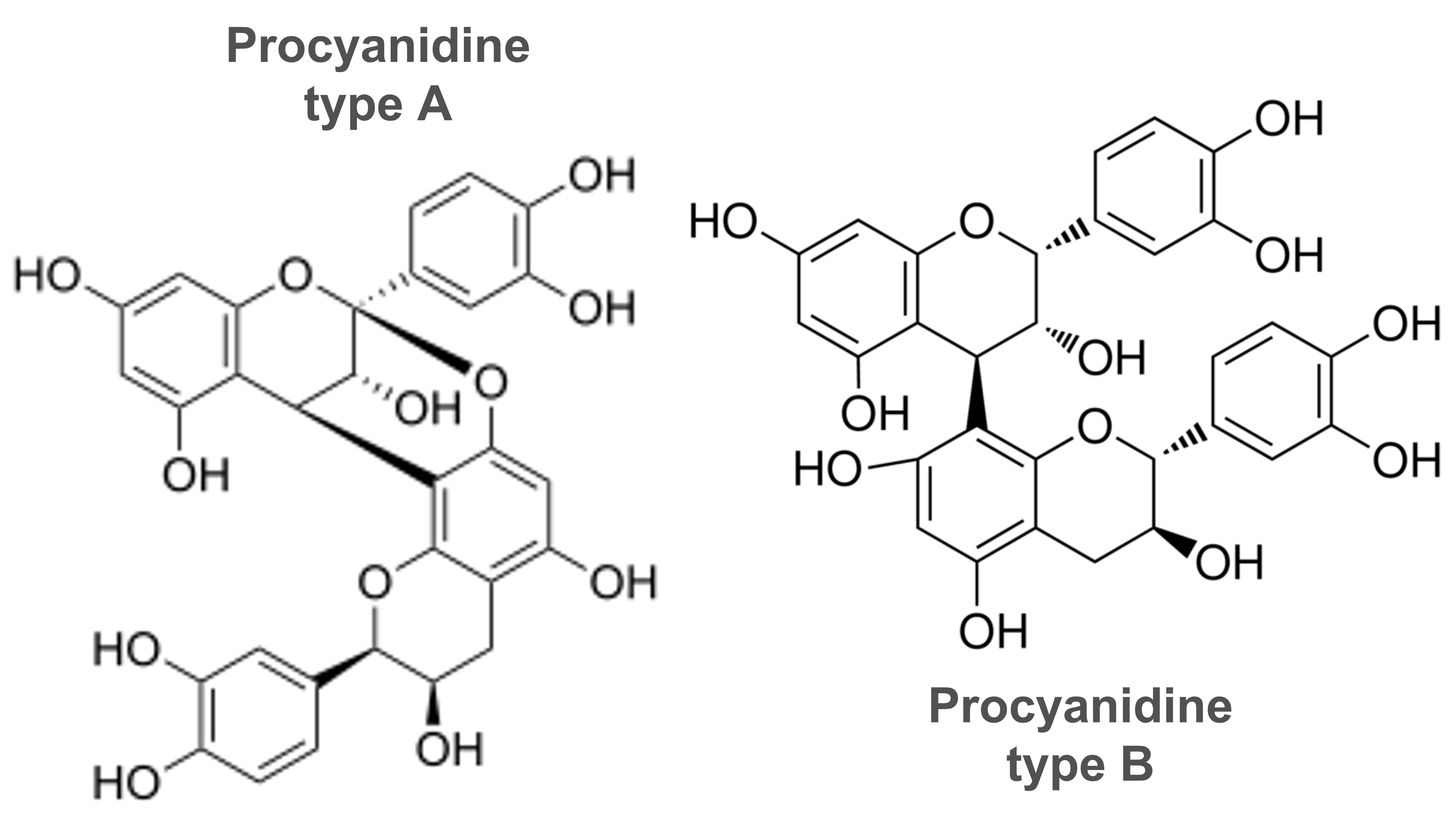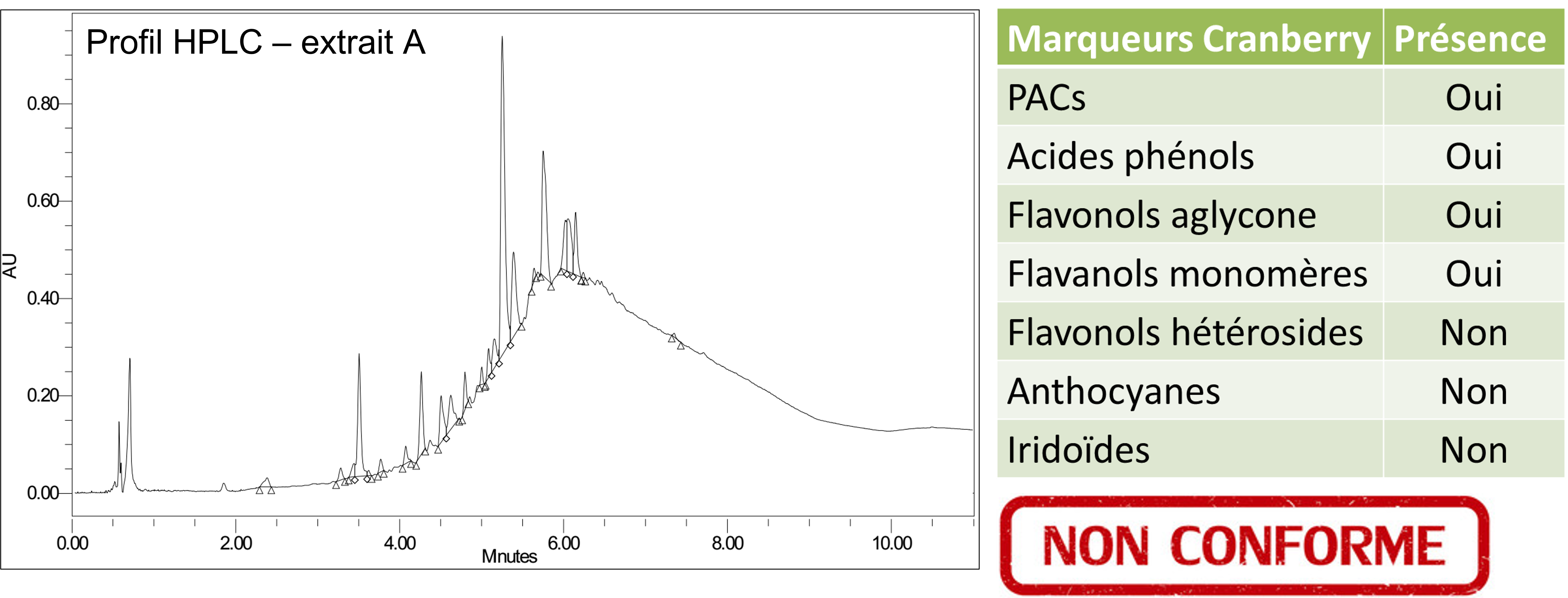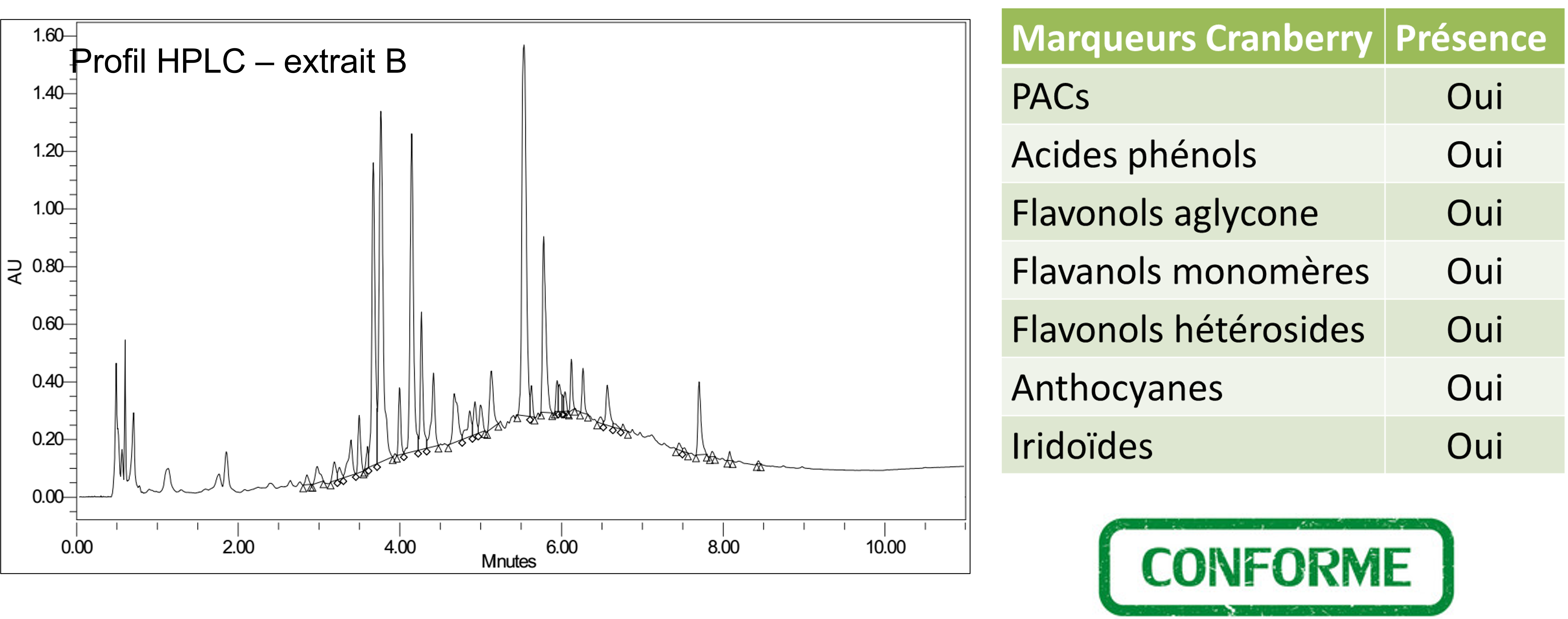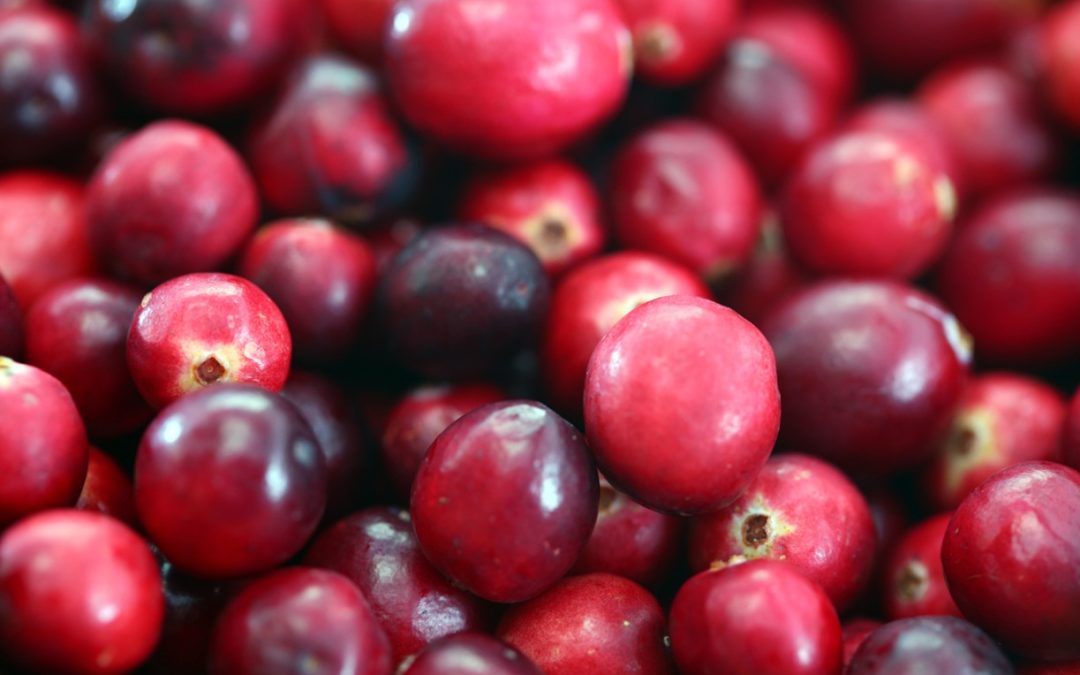
Introduction
From North America, Cranberries fruits have been traditionnaly udsed from ages to treat diseases like scorbut or wounds.
The traditional use of these fruits also gives them bacteriostatic properties which make them very popular for their preventive action against urinary tract infections and many scientific studies have associated this action with the proanthocyanidins (PACS) they contain.
The number of cranberry-based products having increased significantly and in order to guarantee their proper use, the authorities have published notices No. 2003-SA-0056 and No. 2003-SA-0352 which emphasize that only products providing 36 mg of PACS per day could claim “helps reduce the attachment of certain Escherichia coli bacteria to the walls of the urinary tract”. In addition, most cranberry production is hold in Canada and the United States, and is carried out according to specific climatological and environmental criteria. These factors require the use of different varieties of Vaccinium macrocarpon L., more or less resistant, whose phytochemical compositions vary. This is why it is essential for players in the sector to be able to reliably and reproducibly dose these PACS.
State of the art and challenges
Cranberry fruits are rich in acids, flavonoids, and PACS. PACS, also called condensed tannins, are oligomers of flavan-3-ol linked either in a simple way: PACS type B, or in a double way: PACS type A. This one would prevent the attachment of uropathogenic bacteria of the Escherichia coli type. on the urothelial walls by inhibiting the synthesis of P-fimbriae adhesins and deforming the bacterial cell body. Although there are many methods for assaying PACS, the one that has demonstrated satisfactory interlaboratory repeatability is the BL-DMAC colorimetric method. Even if the BL-DMAC method is a good first approach to the PACS assay, it cannot highlight cases of adulteration. It is therefore important to supplement the PACS assay with complementary techniques, such as HPTLC or HPLC, to ensure that the raw materials of Vaccinium macrocarpon L. are not adulterated.


Identification: shortcuts to avoid
For the characterization of the species, focusing on a single family of compounds is not enough. This leaves the field open to all types of fraud who will only have to worry about finding another natural source presenting the compounds of interest in order to deceive the actors. By focusing only on the PACs, extract A will be considered compliant when in reality it is not the same species.
By checking the presence of a higher number of markers, many adulterations can be avoided.



